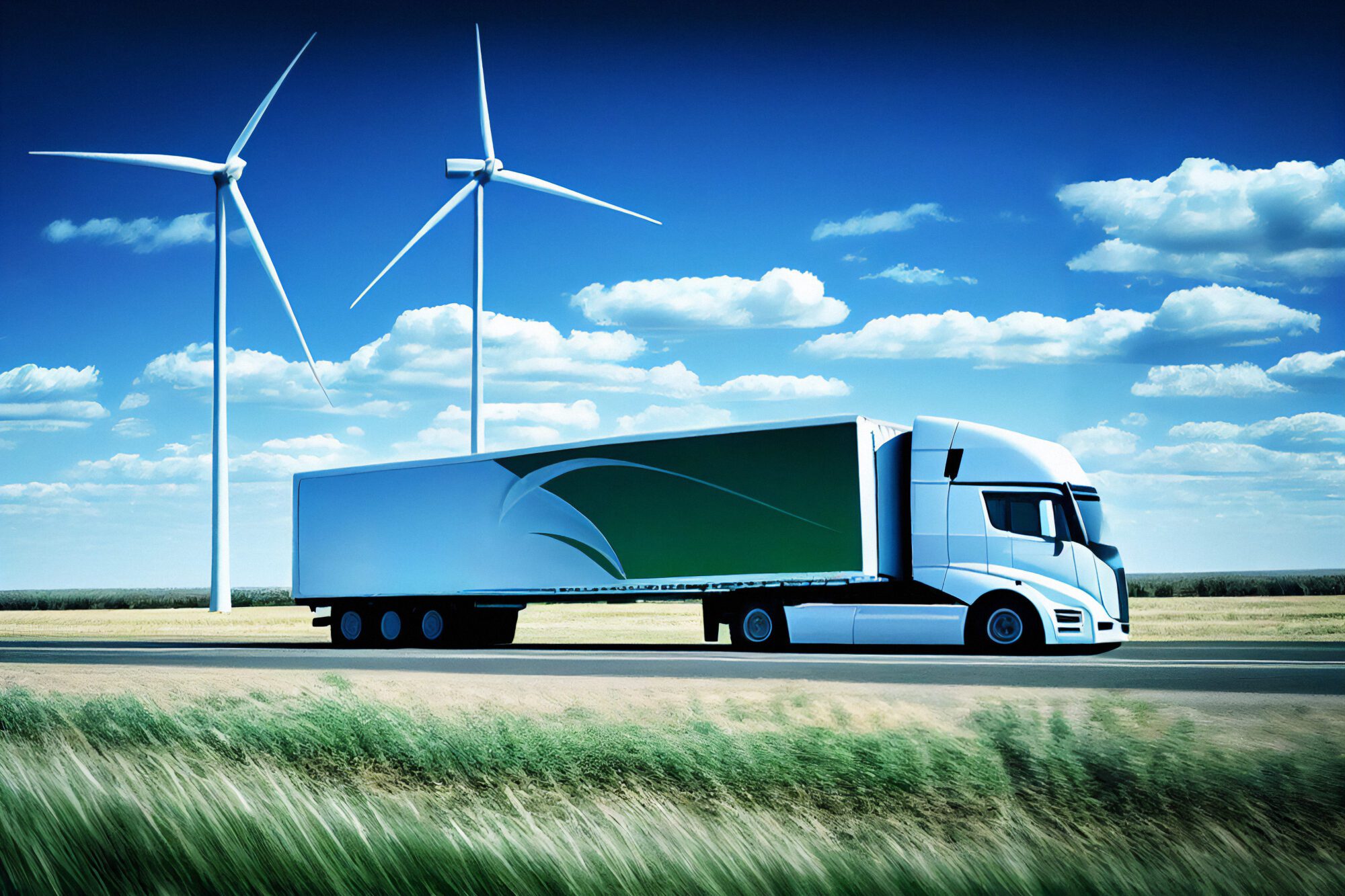Earlier this year, the U.S. Environmental Protection Agency (EPA) proposed a third phase of greenhouse gas standards on heavy-duty vehicles and engines for model years 2027 and later, to accelerate road freight decarbonization. Many public comments supported it, but truck manufacturers including Volvo and Daimler have asked the EPA for a three-year delay of the rule. Their principal argument is that charging infrastructure will not be available to support the number of electric truck sales the rule would encourage.
Will infrastructure not be available in sufficient quantities? Well, we see that significant public investment has already been made, private investments have already led to groundbreaking on charging sites, ribbons have been cut at publicly accessible truck charging depots, and truck manufacturers themselves are building the infrastructure.
Beyond that, the reality is we don’t need to build everything everywhere, all at once. It makes strategic and economic sense in the near term to electrify the largest number of trucks along the smallest number of roadways where the business case is strongest (“no regrets” zones and corridors). And the assessment we present below shows that strategic infrastructure deployment in a limited number of freight hubs and corridors would be enough to ensure the EPA proposal can be met with sales of electric trucks.
We illustrate this with the infrastructure needs of long-haul trucks, just one of many vehicle categories covered in the EPA proposal. Here we define a long-haul truck as a vehicle that travels 500 miles daily and a long-haul corridor as one continuous segment at least 300 miles long.
Despite being less than 20% of the vehicles in the U.S. heavy-duty fleet, long-haul trucks are responsible for an outsized share of daily traffic volume (Table 1). Previous analysis demonstrated that battery-powered long-haul tractors offer the strongest business case when compared with other zero-emission alternatives. When coupled with megawatt charging in the second half of this decade, battery-powered long-haul tractors are estimated to be the only zero-emission powertrain with the potential to achieve a lower cost per mile than long-haul diesel tractors.

